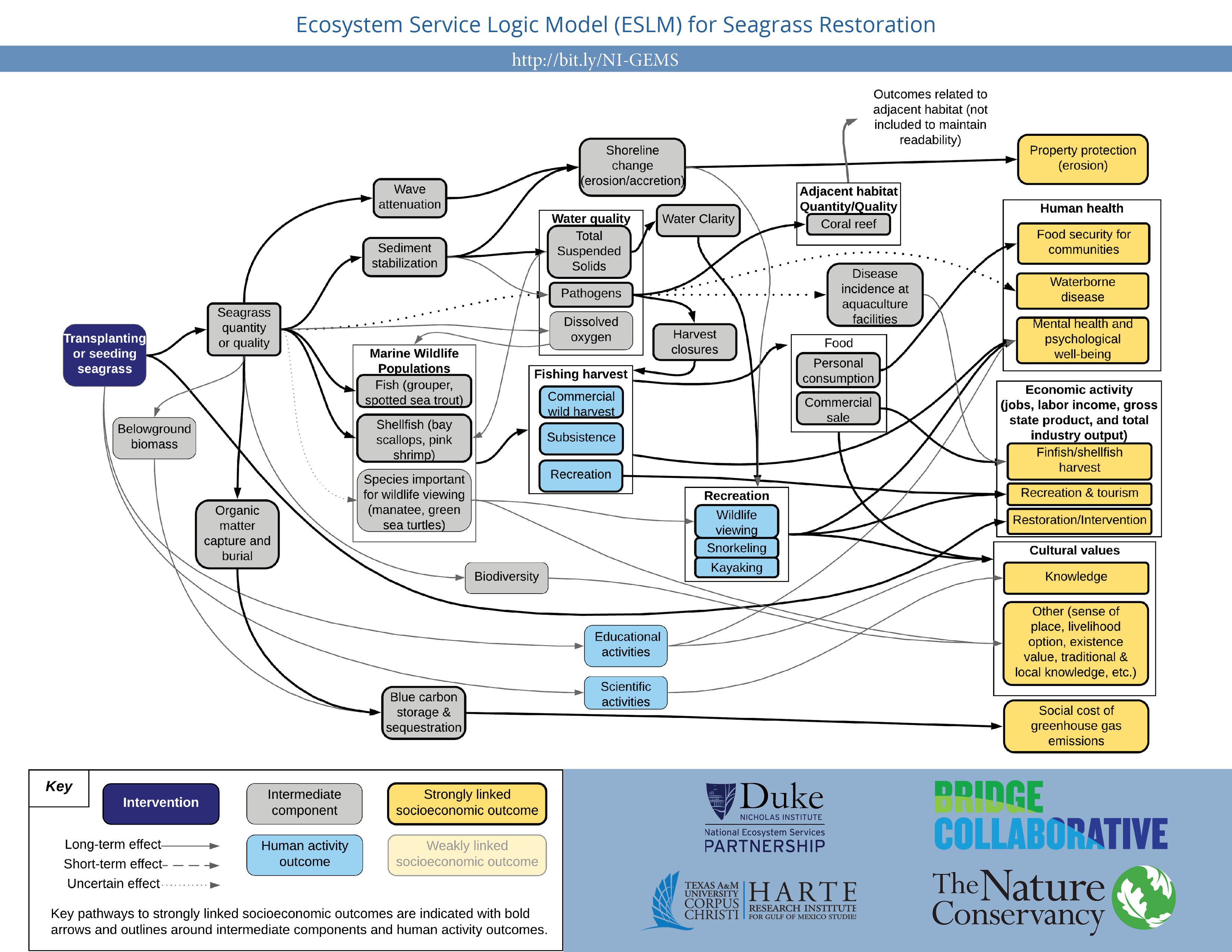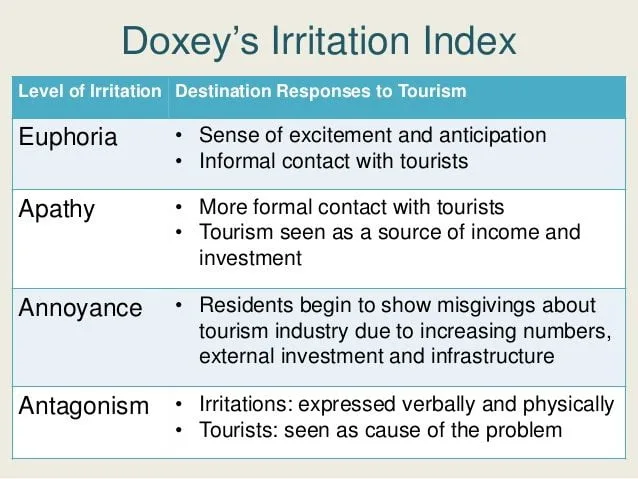Boosting Scotland's Coastline: Seagrass Restoration Projects

Table of Contents
The Importance of Seagrass for Scotland's Marine Ecosystem
Seagrass meadows are far more than just pretty underwater plants; they are complex and vital ecosystems supporting a wealth of life and providing essential ecological services.
Biodiversity Hotspots
Seagrass beds act as biodiversity hotspots, providing vital nursery grounds and habitats for a wide array of species. They are crucial for commercially important fish stocks, supporting species like cod, haddock, and plaice, which are vital to Scotland's fishing industry. Additionally, they offer refuge and feeding grounds for numerous invertebrates, including shellfish like crabs and prawns. Scotland's seagrass meadows also provide essential habitat for charismatic marine mammals, such as common seals, which utilise them for resting and pupping, and support populations of seahorses and other vulnerable species. Studies estimate that seagrass supports over 40% of Scotland's commercially important fish species, highlighting its economic and ecological importance.
Carbon Sequestration and Climate Change Mitigation
Seagrass is a remarkable "blue carbon" sink, absorbing carbon dioxide (CO2) from the atmosphere at a rate significantly higher than terrestrial forests. This carbon sequestration plays a crucial role in mitigating climate change. Restoration projects in Scotland are actively contributing to the nation's commitment to reduce carbon emissions. Research suggests that Scottish seagrass meadows have the potential to sequester up to 10 times more carbon per hectare than terrestrial forests, making their restoration a powerful tool in the fight against climate change.
Coastal Protection and Erosion Control
Seagrass beds act as natural buffers, reducing coastal erosion and protecting shorelines from the damaging effects of storms and waves. Their dense root systems stabilize sediments, preventing erosion and protecting valuable coastal habitats and infrastructure. In areas like the Firth of Forth and the Moray Firth, where seagrass beds are abundant, their presence has demonstrably reduced coastal erosion, safeguarding communities and ecosystems. Studies have shown that seagrass can reduce wave energy by up to 70%, providing a significant natural defence against coastal erosion.
Current Seagrass Restoration Projects in Scotland
Several ambitious seagrass restoration projects are underway across Scotland, utilizing various innovative techniques to revitalize these vital ecosystems.
Project Examples
- Project Seagrass: This UK-wide initiative has several active projects in Scotland focusing on seagrass mapping, restoration, and community engagement. Their website offers detailed information on their methods and progress.
- Seagrass Restoration in the Clyde: Various organizations, including universities and local conservation groups, are collaborating on projects to restore seagrass beds in the Firth of Clyde, using techniques such as seed collection and sowing, and transplanting.
- Lochranza Seagrass Project (example): (Insert details of a specific project – location, methods, organization, website link)
These projects employ various methods, including:
- Seed collection and sowing: Seeds are collected from healthy seagrass meadows and sown in areas where seagrass has been lost.
- Transplanting: Seagrass shoots are carefully transplanted from healthy areas to degraded sites.
- Artificial reef structures: These structures can provide a stable substrate for seagrass seedlings to attach and grow.
Challenges and Innovations
Despite the progress, seagrass restoration in Scotland faces significant challenges:
- Pollution: Runoff from agriculture and industry can cause significant damage to seagrass beds.
- Climate Change: Rising sea temperatures and ocean acidification threaten seagrass survival.
- Habitat Loss: Coastal development and destructive fishing practices contribute to seagrass habitat loss.
Innovative solutions are being employed to overcome these challenges:
- Drone technology: Drones are used for mapping seagrass beds and monitoring their growth.
- Advanced seed cultivation: Techniques to improve seed germination and survival rates are constantly being refined.
- Funding from various sources: Government grants, private donations, and EU funding are crucial for supporting these projects.
The Future of Seagrass Restoration in Scotland
To ensure the long-term success of seagrass restoration, several key areas require attention.
Scaling Up Efforts
Larger-scale restoration projects are needed to achieve significant environmental impact and effectively combat the threats facing these vital ecosystems. This requires increased funding and collaboration between various stakeholders.
Community Involvement
Engaging local communities through citizen science initiatives is crucial for raising awareness, monitoring seagrass beds, and supporting restoration efforts. Volunteer programs and educational outreach can play a significant role.
Policy and Funding
Strong government policies and sustained funding are essential to support ongoing and future seagrass restoration projects. This includes protecting existing seagrass meadows from further damage and providing resources for restoration activities.
Monitoring and Evaluation
Long-term monitoring and evaluation are crucial to assess the success of restoration projects, learn from successes and failures, and inform future strategies for seagrass conservation and management in Scotland.
Conclusion
Seagrass restoration is not just an environmental issue; it's crucial for boosting Scotland's coastline, enhancing marine biodiversity, mitigating climate change, and strengthening coastal resilience. The numerous ongoing projects demonstrate a growing commitment to restoring these vital ecosystems. By continuing to support and expand these efforts – through funding, volunteer work, and raising awareness – we can ensure a healthy future for Scotland's stunning seascapes and the incredible life they support. Get involved in local seagrass restoration initiatives today and be a part of this vital work!

Featured Posts
-
 Ajagba The Path To World Champion Status
May 04, 2025
Ajagba The Path To World Champion Status
May 04, 2025 -
 The Case For Fleetwood Mac As The Original Supergroup
May 04, 2025
The Case For Fleetwood Mac As The Original Supergroup
May 04, 2025 -
 1 4 26
May 04, 2025
1 4 26
May 04, 2025 -
 Rethinking Middle Management Their Impact On Company Performance And Employee Satisfaction
May 04, 2025
Rethinking Middle Management Their Impact On Company Performance And Employee Satisfaction
May 04, 2025 -
 Behind The Scenes Look At Is This Thing On With Bradley Cooper And Will Arnett
May 04, 2025
Behind The Scenes Look At Is This Thing On With Bradley Cooper And Will Arnett
May 04, 2025
Latest Posts
-
 Noche Ufc Vs Canelo Quien Ganara En Mexico
May 04, 2025
Noche Ufc Vs Canelo Quien Ganara En Mexico
May 04, 2025 -
 Canelos Irritation Understanding His Issues With Benavidez
May 04, 2025
Canelos Irritation Understanding His Issues With Benavidez
May 04, 2025 -
 What Annoyed Canelo Alvarez About David Benavidez A Detailed Look
May 04, 2025
What Annoyed Canelo Alvarez About David Benavidez A Detailed Look
May 04, 2025 -
 Canelo Alvarez Post Plant Then Maybe Crawford
May 04, 2025
Canelo Alvarez Post Plant Then Maybe Crawford
May 04, 2025 -
 Canelo Alvarez On David Benavidez What Irritated The Champion
May 04, 2025
Canelo Alvarez On David Benavidez What Irritated The Champion
May 04, 2025
